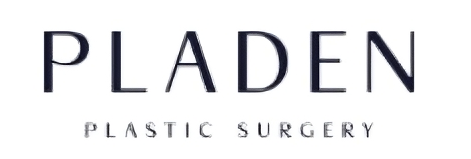Mole Removal
Pladen Skin Clinic Seoul Korea
Professional Mole Removal Treatments in Gangnam, Seoul
Pladen Skin Clinic provides professional mole removal treatments in Seoul, Korea, focusing on safe removal, minimal scarring, and optimal cosmetic outcomes. Located in Gangnam, the clinic offers customized treatment plans based on mole type, size, depth, and location.
Mole removal requires careful assessment to ensure appropriate technique selection and skin safety.
Why Choose Pladen Skin Clinic for Mole Removal?
- Experienced medical professionals specializing in dermatologic procedures
- Careful evaluation of mole type and skin condition
- Scar-minimizing techniques for cosmetic areas
- Suitable for facial and body mole removal
- Foreign-friendly clinic with English communication support
Each procedure is planned to prioritize safety, precision, and cosmetic results.
What Is Mole Removal?
Mole removal is a dermatologic procedure used to remove benign skin lesions for cosmetic or medical reasons. The method chosen depends on the mole’s depth, size, and location.
Mole removal is commonly performed to:
- Improve cosmetic appearance
- Prevent irritation from shaving or clothing
- Address changes in mole shape or color
- Achieve smoother, clearer skin
All moles are evaluated before treatment to determine the safest approach.
Mole Removal Treatment Options
Laser Mole Removal
- Suitable for superficial and flat moles
- Minimal bleeding and downtime
- Focus on cosmetic outcomes
Minor Dermatologic Procedures
- Used for deeper or raised moles
- Precise removal under local anesthesia
- Designed to reduce recurrence risk
Treatment method selection is based on professional evaluation and skin safety.
Common Mole Removal Areas
- Face
- Neck
- Arms
- Back
- Chest
- Legs
Special care is taken for visible areas to minimize scarring.
Mole Removal Procedure & Recovery
Treatment Time
Most mole removal procedures take 10–30 minutes, depending on number and type of moles.
Downtime & Recovery
- Mild redness or scabbing may occur
- Healing typically takes 1–2 weeks
- Aftercare instructions are provided to support proper healing
Scarring Risk
Scarring risk depends on mole depth, location, and skin healing response. Techniques are selected to minimize visible marks.
Mole Removal Pricing in Seoul
Pricing varies depending on:
- Number of moles removed
- Mole size and depth
- Treatment method used
A personalized consultation is recommended to determine appropriate treatment and cost.
Book a Mole Removal Consultation in Seoul
Pladen Skin Clinic welcomes both local and international patients seeking safe and effective mole removal in Seoul, Korea.

